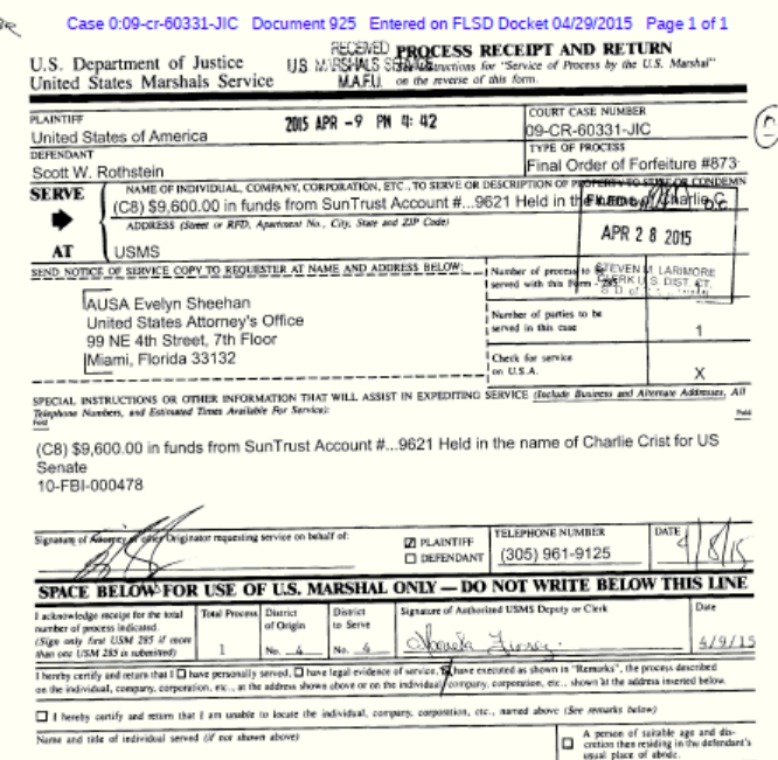Alex Constantine - May 1, 2013
Also see: "The CIA and ‘Chechen Terror, A Closer Look to Chechnya Today"
"OIL AND THE BATTLE FOR CHECHNYA"
"CIA Helped Blood Diamond Dictator Escape Prison"
April 30, 2013
As the Cold War between the USSR and the USA drew down in the early 1990's, organizations/institutions used to fund proxy wars-and destabilization efforts--between the two Empires became exposed. With the Cold War ostensibly over, the corrupt and illegal actions of such groups could no longer be ignored, or covered up, as the larger purpose of them was to fund the fight against the Red Menace of Communism.
One of the most notable instances of the demise of a Cold War machine was the Bank of Credit and Commerce International (BCCI). Founded in 1972 it would survive under various guises until roughly 2002. BCCI was designed to avoid regulatory scrutiny. Direct involvement with BCCI's illegal activities-including covering them up--would ultimately besmirch the names of members/advisors of every US presidential administration from Richard Nixon to Bill Clinton: Clark Clifford, Richard Helms, George Bush I, James Baker, William Casey, Bert Lance, and Marc Rich among them. BCCI clients included the intelligence agencies form the US and Saudi Arabia, the Medellin Cartel and Saddam Hussein.
Bank accounts were opened at BCCI by US intelligence agencies in order to fund the Mujahideen not only in Afghanistan but in the Caucasian Region to include Chechnya and Dagestan. Once BCCI was shut down a new means of off-the-books funding was needed. It was then that the US and Saudi intelligence organizations figured out that diamonds from the African Continent would be a worthy convertible cash vehicle. Diamonds would make their way from Angola to Belgium. Once converted to cash, US and Saudi intelligence agencies could clandestinely purchase weapons, like Stinger Missiles, and bribe the appropriate personnel to get the nasty little weapons where they needed to be. In this case the anti-aircraft Stingers would land in the hands of Chechen rebels fighting against the Russian military. A transit and training point was (and remains) NATO and Israeli friendly Georgia.
According to the Russian research group Civil Research, "After signing the Khasavyurt Accord in Dagestan in 1996 ending the first Chechen War--and after the Chechen Republic of Ichkeria's de facto independence"--it became absolutely clear that Chechnya became a key element in the process of controlled destabilization of the Caucasian Region. Hence well-known intelligence managers of such destabilization processes moved to solve Chechen problems. The creators and instigators of shadow money and arms flows began to appear."
What's the Story?
BCCI "worked in the interests of American and Saudi elites and was a means of organization and financing of controlled crises in different regions from South America to Middle Asia...BCCI took an active part in arms smuggling, financing of terrorist groupings, and drug money laundering." According to Civil Research, BCCI accounts were surreptitiously used to fund the creation of nuclear weapons in Pakistan. The Board of directors of BCCI included two chiefs of the US Central Intelligence Agency--William Casey and Richard Helms; the head of the General secret service of Saudi Arabia from 1997-2001, Turki al-Feisal al-Saud; Camal Adkham -a former chief of the Saudi Arabia Secret service before; and Adnan Khashoggi, a Saudi multimillionaire, arms dealer, official representative of Saudi Bin Laden Group in the USA, and a key player in the Iran-Contra Affair under President Ronald Reagan.
"In 1997 Khashoggi introduced Khozh-Akhmed Nukhaev (Chechen Mafia leader and opponent of Radical Islam and the USA) to former US Secretary of State James Baker who headed the election campaigns of Ronald Reagan and George Bush I. Baker would also be called in to mediate the 2000 Election debacle in Florida. Baker was Khashoggi's partner in BCCI and the Carlyle Group."
Civil Research believes that it is likely that during meetings between the two, "the decision to create a structure to control the process of destabilization in the Caucasian Region--some kind of Regional BCCI or Caucasian Common Market--was made. In April of 1997 Nukhaev registered the Caucasian-American Chamber of Commerce and Industry in Washington.
"We are inclined to think that Nukhaev's structures were managed by American and Saudi Special Services and were financed by Khashoggi through BCCI," said Civil Research.
"The funds were used to purchase and deliver the modern means of Terrorist War to Chechnya: high accuracy weapons like anti-aircraft Stingers, satellite communication gear, intelligence tactics, sabotage devices, and well trained instructors mainly from the General Secret Service of Saudi Arabia... There are serious reasons to think that a batch of 70 Stingers came to Chechnya from Saudi Arabia."
Once BCCI's operations were exposed by the US Congress and an international assortment of regulators a new means of funding arms sales to anti-Russian, radicalized followers of Islam had to be found by NATO, US and Saudi intelligence agencies. Anti-Russian operations had also been conducted by then-active duty US Special Forces operating in Chechnya and Bosnia. These former American soldiers would find work, post-911, with companies like the former Blackwater (XE) and Triple Canopy.
Diamond Dogs
US, NATO and Saudi intelligence agencies turned to the diamond market to fund operations to destabilize Russia. According to Civil Research, in 1993 Aziz Ben Said Ben Ali al-Gamdi (a regular officer of General Secret Service of Saudi Arabia) went to Angola. "Later he would become known as Abu al Valid. During a business trip to Angola Abu al-Valid made contacts with the representatives both of UNITA and the legal government who were engaged in export of Angolan diamonds to Antwerp in Belgium. At the time Angola was filled with enterprising fragments of Soviet Special Services like Viktor Bute who not without success supported black and gray exports of Angolan diamonds to Belgium."
The Angolan conflict didn't interest the US, NATO or Saudi Special Services as much as did the acquisition and use of diamonds to create a considerable flow of cash for clandestine operations to further destabilize Russia by igniting Chechen radicalization.
By 1995 the Saudi Arabian Special Services had successfully created diamond flows from Luanda, Angola to Antwerp, Belgium to be used to fund radicalization and terror. Abu al-Valid showed up in Chechnya now as a Saudi Arabian resident and also as a representative of radical Islam grouping known as Brothers-Muslims. The first business contact of Abu al-Valid in Chechnya was with Nukhaev. A few months later Nukhaev was introduced to Khashoggi. Thus the construction of Caucasian Common Market" began. In 1997 Nukhaev, as an emissary of Caucasian Common Market, visited Belgium. By that time Antwerp was given the nickname Belgian Caliphate by the European press.
Meanwhile in Georgia
Lorenzo Vidino in How Chechnya Became a Breeding Ground for Terror (Middle East Quarterly Summer 2005) indicated that in 2002 a cadre of Islamic fundamentalists made camp in Pankisi Gorge in Georgia to plan and train.
"According to Georgian officials, in early 2002, some sixty Arab computer, communications, and financial specialists, military trainers, chemists, and bomb-makers settled in the gorge. The group used sophisticated satellite and encrypted communications to support both operations in Chechnya and terrorists planning attacks against Western targets. The Pankisi Arabs later tried to buy explosives for what Georgian security officials believe was to have been a major attack on U.S. or other Western installations in Russia."
Vidino also claimed that in 2003 there was an effort by the Pankisi Arabs to use Ricin to kill.
"A 2003 plot involving ricin, a virulent and deadly toxin, demonstrated the Islamist co-option of the Chechen nationalist conflict and its transformation into a global jihadist training ground. According to U.S. intelligence sources cited in an Italian indictment, Abu Mussab al-Zarqawi (the Jordanian terrorist alleged to mastermind much of the Iraqi insurgency) dispatched Adnan Muhammad Sadiq (Abu Atiya), a former Al-Qaeda instructor at a Herat, Afghanistan training camp, to Pankisi [Georgia]. In the gorge, Abu Atiya, a Palestinian who had lost a leg during the Chechen War, trained terrorists in the use of toxic gases. He also was behind a 2002 scheme to stage biological and chemical attacks against Russian or American interests in Turkey."
John Stanton is a Virginia based writer specializing in national security. His latest book is The Raptor's Eye. Reach him at cioran123@yahoo.com
http://english.pravda.ru/opinion/columnists/30-04-2013/124461-usa_chechnya-0/








